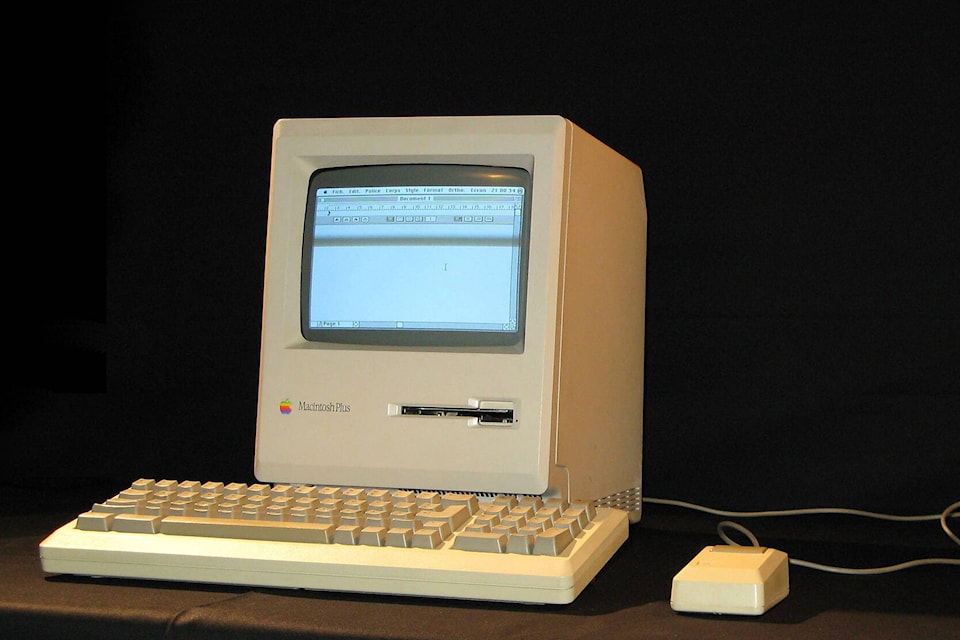Back in the early 1990s, I had a computer that was considered groundbreaking for its day.
It was a Macintosh Plus, built by Apple from 1986 to 1990, and in its day, it was unlike any other computer on the market. At that time, Apple was introducing some innovative computer designs and technology.
My Mac Plus was functional and at the time, it could run the latest versions of Microsoft Word and Microsoft Works, the precursor to today’s Microsoft Office suite of software. It could also run professional-grade photo editing and desktop publishing software.
What’s more, the Mac Plus was durable. The computer, keyboard and mouse were solidly built and could take a lot of steady use. When I discarded mine some years back, it was still functioning well.
If the Mac Plus is such a great computer, why did I get rid of mine?
READ ALSO:
The computer was amazing when it was built, but within a decade, it was no longer practical. In the 1990s, it was possible to connect it to a home or office network, but it didn’t do well on the internet at that time. Today’s high-speed internet services and changes to web pages will add more limitations, to the point where it is not practical to use the Mac Plus in an online world.
It would still be possible to use a Mac Plus as a standalone computer, not connected to the internet. This would also involve saving work to a floppy disc or a hard drive.
However, a new problem now arises. How could one transfer the saved work to a different computer? The storage methods used at the time do not work with today’s computers. The once common 3.5-inch floppy discs and the drives for these discs have long been abandoned.
Any workaround methods are going to be cumbersome at best and would involve getting the data to a second computer and forwarding it on from there. And even if I could transfer the files to a newer device, there’s no guarantee I could access the data.
None of this addresses the challenges involved in finding replacement parts, cables or suitable floppy discs to use with a 35-year-old computer, if anything were to go wrong.
Today, these computers are collector items or museum pieces, but they are no longer used for day-to-day work.
While I don’t like to throw out things that are still functional, it wouldn’t make sense to hang on to an old Mac Plus, unless I wanted it as a nostalgia item.
Put simply, the Mac Plus met and exceeded the needs of computer users in the 1980s and early 1990s, but it does not hold up to the needs of today.
At some point, keeping an old and obsolete computer functioning — or anything else for that matter — is going to be more effort than it is worth. That’s when it’s time to spend the money on something that will be able to meet the needs today and into the future.



